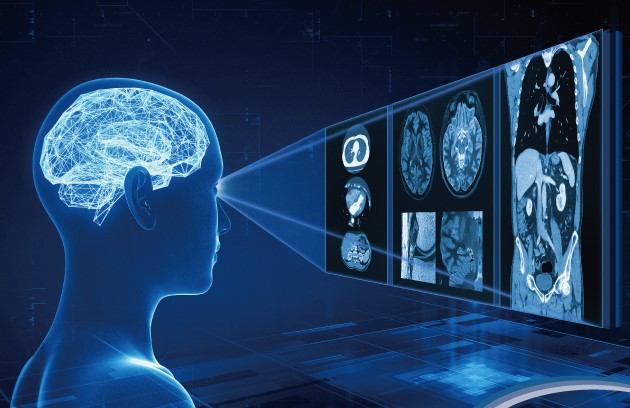AI system links hidden signals in patient records to improve diagnosis
In trials, InfEHR detected neonatal sepsis and post-operative kidney injury at rates 4–16× higher than current methods, using networked record analysis.

Researchers at Mount Sinai and UC Irvine have developed a novel AI system, InfEHR, which creates a dynamic network of an individual’s medical events and relationships over time. The system detects disease patterns that traditional approaches often miss.
InfEHR transforms time-ordered data, visits, labs, medications, and vital signs, into a graphical network for each patient. It then learns which combinations of clues across that network tend to correlate with hidden disease states.
In testing, with only a few physician-annotated examples, the AI system identified neonatal sepsis without positive blood cultures at rates 12–16× higher than current methods, and post-operative kidney injury with 4–7× more sensitivity than baseline clinical rules.
As a safety feature, InfEHR can also respond ‘not sure’ when the record lacks enough signal, reducing the risk of overconfident errors.
Because it adapts its reasoning per patient rather than applying the same rules to all, InfEHR shows promise for personalized diagnostics across hospitals and populations, even with relatively small annotated datasets.
Would you like to learn more about AI, tech and digital diplomacy? If so, ask our Diplo chatbot!

![AI shorts #22 The AI bubble and circular finance [Deep Dive]](https://i.ytimg.com/vi/bldD2B8YCaA/sddefault.jpg)